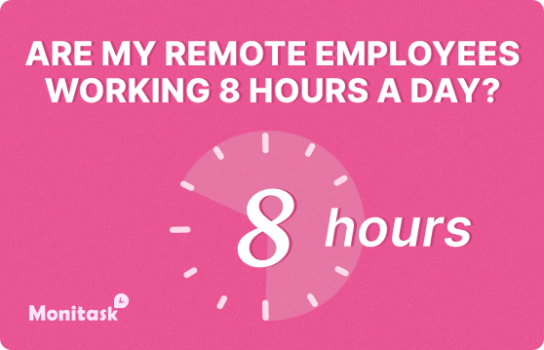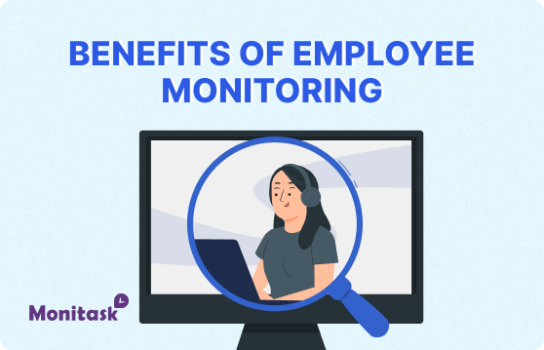Floating Holidays
In the ever-evolving landscape of employee benefits, floating holidays have emerged as a flexible and highly appreciated perk. This comprehensive guide delves into the concept of floating holidays, exploring their definition, implementation, benefits, and potential challenges for both employers and employees.
What Are Floating Holidays?
Floating holidays are a type of paid time off (PTO) that allows employees to choose when they want to take a day off, rather than having it predetermined by the company's holiday calendar. Unlike traditional holidays, which are typically fixed dates like Christmas or New Year's Day, floating holidays can be used at the employee's discretion, subject to certain guidelines set by the employer.
These flexible days off are designed to accommodate the diverse needs and preferences of a modern workforce. They recognize that not all employees celebrate the same holidays or may have personal commitments that don't align with standard company holidays.
Key Characteristics of Floating Holidays
- Flexibility: Employees can usually choose when to use their floating holidays, often with some advance notice to their employer.
- Limited Number: Most companies offer a specific number of floating holidays per year, typically ranging from 1 to 3 days.
- Use-It-or-Lose-It Policy: Many organizations require employees to use their floating holidays within the calendar year, with unused days not carrying over to the next year.
- Separate from PTO: Floating holidays are often distinct from regular vacation days or sick leave, though some companies may include them in a general PTO bank.
- Pro-rata Allocation: For new employees, floating holidays may be prorated based on their start date.
The Evolution of Floating Holidays
The concept of floating holidays has gained popularity in recent years, reflecting broader shifts in workplace culture and employee expectations. This evolution can be attributed to several factors:
Diverse Workforce
As workplaces become increasingly diverse, there's a growing recognition that not all employees observe the same religious or cultural holidays. Floating holidays provide a more inclusive approach to time off, allowing employees to celebrate holidays that are meaningful to them personally.
Work-Life Balance
With a greater emphasis on work-life balance, employees appreciate the flexibility to take time off when it best suits their personal needs, whether for family commitments, mental health days, or personal projects.
Globalization
As companies expand globally, floating holidays can help accommodate different national holidays across various office locations, ensuring equitable time off for all employees regardless of their geographic location.
Changing Nature of Work
The rise of remote work and flexible schedules has blurred the lines between work and personal time. Floating holidays align with this more fluid approach to work hours and locations.
Implementing Floating Holidays: Best Practices
For organizations considering the introduction of floating holidays, here are some best practices to ensure smooth implementation:
Clear Policy Communication
Develop and communicate a clear policy regarding floating holidays. This should include:
- The number of floating holidays available per year
- How and when they can be requested
- Any blackout periods or restrictions
- Whether unused days can be carried over or paid out
Fair Allocation
Consider how floating holidays will be allocated, especially for new hires or part-time employees. A pro-rata system based on start date or hours worked can ensure fairness.
Integration with Existing PTO Systems
Decide whether floating holidays will be separate from or integrated into existing PTO systems. Ensure that your HR software or time-tracking systems can accommodate this new category of time off.
Approval Process
Establish a clear approval process for floating holiday requests. This might involve giving managers discretion to approve or deny requests based on business needs, similar to vacation day approvals.
Regular Review
Regularly review and adjust your floating holiday policy based on employee feedback and organizational needs. This might involve surveying employees about their preferences and usage patterns.
Benefits of Offering Floating Holidays
The implementation of floating holidays can bring numerous benefits to both employers and employees:
Enhanced Employee Satisfaction
Floating holidays demonstrate trust in employees and respect for their personal lives, which can significantly boost job satisfaction and loyalty.
Improved Work-Life Balance
By allowing employees to take time off when it's most meaningful or necessary for them, floating holidays contribute to a better work-life balance.
Increased Productivity
When employees can take time off to attend to personal matters or celebrate important events, they're likely to return to work more focused and productive.
Competitive Advantage in Recruitment
Offering floating holidays can be an attractive perk for potential employees, helping companies stand out in a competitive job market.
Reduced Unscheduled Absences
By providing flexibility, floating holidays may reduce the likelihood of employees calling in sick or taking unplanned days off.
Promotion of Diversity and Inclusion
Floating holidays allow employees from diverse backgrounds to observe holidays that are important to them, fostering a more inclusive workplace culture.
Potential Challenges and Solutions
While floating holidays offer many advantages, they can also present some challenges. Here are some common issues and potential solutions:
Scheduling Conflicts
Challenge: Multiple employees requesting the same day off, particularly around popular holidays or events.
Solution: Implement a first-come, first-served policy or rotate priority for popular dates. Encourage early planning and communication among team members.
Tracking and Administration
Challenge: Keeping accurate records of floating holiday usage, especially in large organizations.
Solution: Utilize HR software or time-tracking systems that can specifically account for floating holidays. Regularly audit and update records to ensure accuracy.
Underutilization
Challenge: Employees not using their allocated floating holidays, potentially leading to year-end rushes or lost benefits.
Solution: Send reminders throughout the year about available floating holidays. Consider allowing a certain number of days to carry over or be paid out at year-end.
Fairness Concerns
Challenge: Perceptions of unfairness, especially if some employees have more flexibility in their roles than others.
Solution: Ensure clear, consistent policies across all departments. Consider departmental floating holidays if certain teams have less flexibility due to business needs.
Impact on Business Operations
Challenge: Maintaining adequate staffing levels, especially in customer-facing roles or during busy periods.
Solution: Implement blackout periods for floating holidays during peak business times. Require advance notice for floating holiday requests to allow for proper planning.
Legal Considerations
When implementing floating holidays, it's crucial to consider the legal implications:
Non-Discrimination
Ensure that your floating holiday policy doesn't discriminate against any protected classes. The policy should be applied consistently across all employees.
Overtime Calculations
Be aware of how floating holidays interact with overtime calculations, especially in jurisdictions where paid time off may count towards overtime hours.
State and Local Laws
Some states or localities may have specific requirements regarding paid time off. Ensure your floating holiday policy complies with all applicable laws.
Union Agreements
If your workforce is unionized, any changes to holiday policies may need to be negotiated as part of the collective bargaining agreement.
Floating Holidays in a Global Context
For multinational companies, implementing floating holidays can be particularly beneficial but also more complex:
Cultural Sensitivity
Floating holidays can help accommodate the diverse cultural and religious observances of a global workforce.
Equitable Time Off
They can ensure that employees in different countries have equitable time off, even if national holidays vary.
Compliance Challenges
Be aware that labor laws regarding holidays and paid time off can vary significantly between countries. Policies may need to be adapted for different regions.
The Future of Floating Holidays
As workplace norms continue to evolve, the concept of floating holidays is likely to become even more prevalent and potentially expand:
Increased Flexibility
We may see a trend towards even greater flexibility, with some companies moving towards unlimited PTO policies that incorporate floating holidays.
Technology Integration
Advanced HR technologies may make it easier to manage and track floating holidays, potentially allowing for more sophisticated systems of allocation and usage.
Personalized Benefits
Floating holidays could become part of more personalized benefits packages, where employees can choose from a menu of options that best suit their needs.
Conclusion
Floating holidays represent a significant shift in how companies approach time off, reflecting broader trends towards flexibility, diversity, and employee empowerment in the workplace. While they offer numerous benefits, successful implementation requires careful planning, clear communication, and ongoing management.
As the nature of work continues to evolve, floating holidays are likely to become an increasingly important tool for companies looking to attract and retain top talent, foster a positive work culture, and accommodate the diverse needs of a modern workforce. By offering this flexible benefit, organizations can demonstrate their commitment to work-life balance and employee well-being, ultimately contributing to a more engaged, productive, and satisfied workforce.


